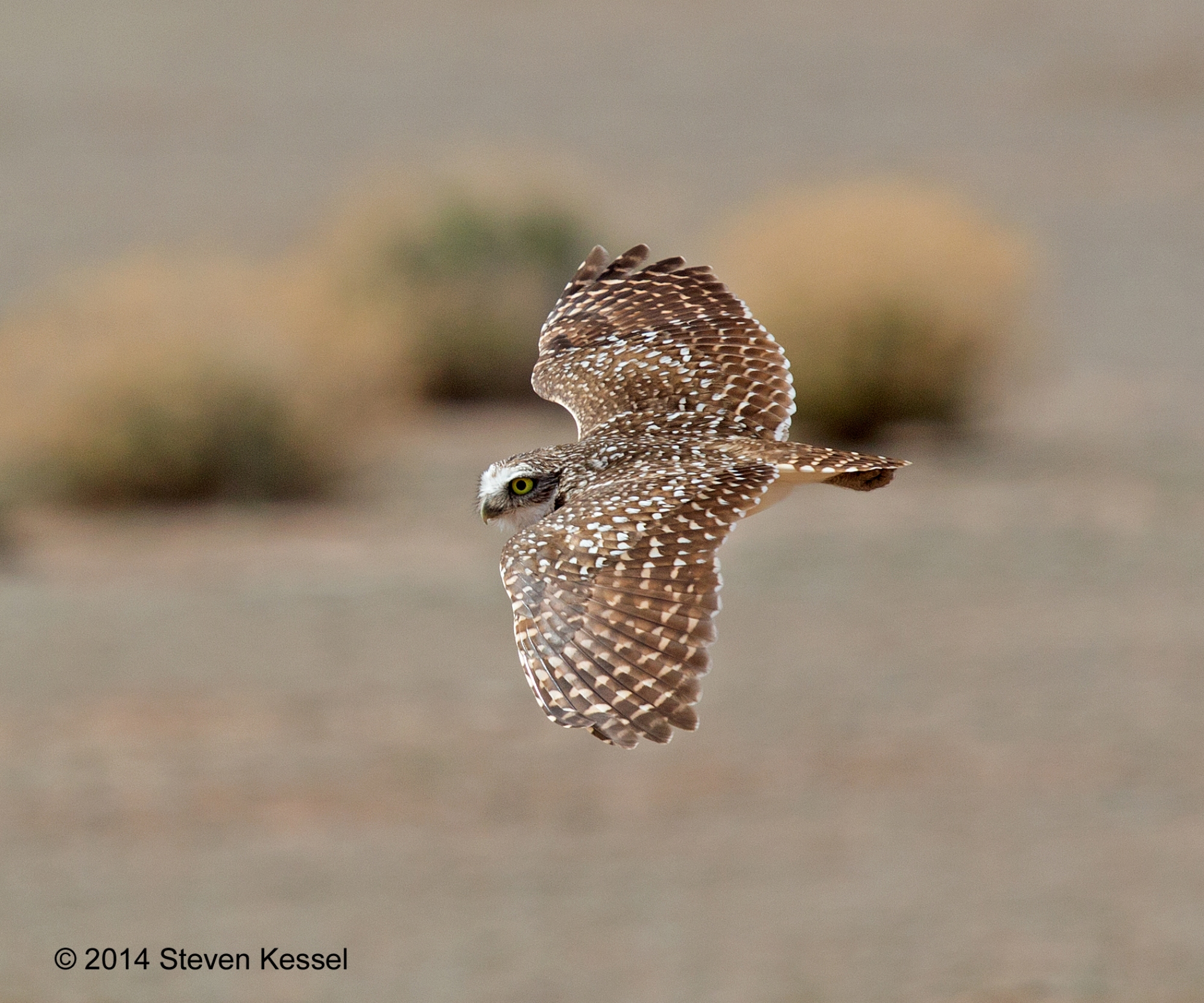You may enlarge any image in this blog by clicking on it. Click again for a detailed view.
Those of you who follow this blog regularly know that Crested Caracaras rank among my favorite species to observe and photograph. They are extraordinary in many ways — their appearance, their behavior, and their enigmatic lifestyle.
A couple of weekends ago I found myself driving down a remote road in the vicinity of Three Points, very early in the morning. Three Points is a community about 20 miles (about 30 kilometers) due west of Tucson. It’s located in a brushy desert and it’s an excellent area to search for desert wildlife. As I rounded a bend in the road I saw a large bird perching on an aged Saguaro Cactus, just off the road. I stopped, got out of my vehicle, and very carefully approached the cactus on foot.
I was excited to encounter a young Crested Caracara, perching in perfect lighting.

The Caracara’s plumage told me that this was a young bird, almost certainly just entering its second year. Caracaras fledge with chestnut colored plumage on their backs and outer wings and with beige plumage on their necks. As they age, the chestnut becomes interspersed with black. At about four years, a Caracara will have black and white plumage. This bird’s all-chestnut and beige plumage said “young bird.”

I happily photographed this individual for about 15 seconds. Then, suddenly, it flew, and I cursed myself for not getting the liftoff shot.
I lowered my camera, and as I began turning to walk away, i saw some motion from the corner of my eye. I looked back at the Saguaro and saw that a second Caracara had landed on it. I knew that this was not the first bird returning to its perch because I could see that one still in the air, at a distance.

The second bird was also an immature Caracara with plumage that was nearly identical to that of the first individual.

One fascinating aspect of Caracara behavior is that these birds can be both solitary and social. Individuals will forage on their own or team up with other Caracaras. In the winter months, Caracaras, especially young birds, will occasionally form flocks of up to a few dozen birds that will descend on a food source such as the carcass of an animal or a freshly plowed field, where they will forage for insects and small rodents.
It’s hard to say whether these two were buddies or whether it was mere coincidence that one individual replaced the other on the cactus. If I had to hazard a guess, I’d venture that these two were hanging out together. They’re too young to be a mated pair so, most likely, they’re foraging companions. In any event, I was thrilled. I seldom get the opportunity to make a “classic” image of a Crested Caracara perched on a Saguaro. Getting two birds within seconds of each other was almost too much to ask for.
Images made with a Canon R5, Canon RF 100-500mm f4.5-7.1 IS L zoom lens+Canon RF 1.4x telextender, M setting (auto ISO), ISO 800, f10 @ 1/1000, +1 1/3 stops exposure compensation.

We know this bird only from bird shows.
Great captures Steven.